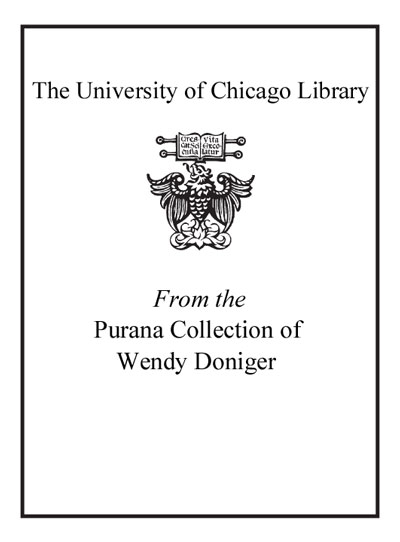Review by Choice Review
Werness's selective guide to animals as depicted in art through the ages, while international in scope (it includes brief entries on various cultural groups), emphasizes Western art, artists, and traditions. Entries, ranging in length from several pages (e.g., eagle, horse, monkey) to a brief paragraph or two (seal, squid, stag beetle), begin with biological information about the animal, including its genus and species, range, habitat, and behavior. General entries cover cultural, chronological, or geographical areas, while more specific entries address animals in their own environments (e.g., tool use by animals) or in the human realm (e.g., pets). Entries for artists vary from relatively long with numerous cross-references (e.g., Albrecht Durer), to brief mention (e.g., John James Audubon). Overall, entries are evocative and illustrative rather than exhaustive. An appendix delineates animal taxonomy, indicating the common names of animals and pointing to those illustrated in the encyclopedia. See references to full entries are printed in capitals. Virtually every page has at least one black-and-white drawing. At the end are a useful bibliography and an index of persons that indicates main entries in capitals. Affordably produced, this volume finds a niche only partially filled by such guides as Marvin Shaw and Richard Warren's A Viewer's Guide to Art: A Glossary of Gods, People and Creatures (1991). ^BSumming Up: Recommended. All levels. G. M. Herrmann SUNY College at Cortland
Copyright American Library Association, used with permission.
Review by Choice Review

